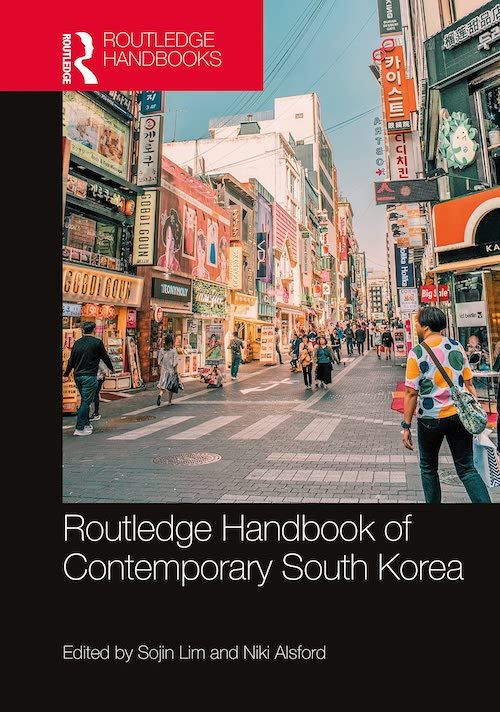
I began living in and writing about Korea, an endeavor in which I’ve now been engaged for years, with practically no academic preparation. After graduating university, I audited a few lectures on Korean popular culture, then tried to take community-college Korean 101, which ended up cancelled for lack of enrollment. Later, after moving to Los Angeles, I signed up for language courses at the Korean Cultural Center on Wilshire Boulevard. They formed a pyramid, the top being a modestly sized “advanced” level (though many of us could barely string a sentence together) and the bottom an introductory level popular enough to spread across multiple classrooms. Of the throng of beginners there, a large proportion seemed to have come to the language through love of Korean pop music and television dramas. Whatever our individual motivations, all of eagerly partook of the offerings of South Korea’s newly ascendant cultural empire.
Yet this empire isn’t quite as new as it seems. The Korean Cultural Center, Los Angeles opened in 1980, as Keimyung University professor Seon Jung Kim notes in an academic paper on overseas Korean language education, and today there are 41 such centers in eighteen countries. That paper appears in the new Routledge Handbook of Contemporary South Korea, edited by Sojin Lim and Niki J.P. Alsford. Following previous Routledge “handbooks” on modern Korean history, Korean culture and society, Korean politics and public administration, and contemporary North Korea, it collects articles on the various aspects of the Republic of Korea studied by its contributors. As in most academic anthologies, these selections read as if included for their suitability as assigned reading in an undergraduate course — or rather courses, given the range from “Historical Development of Judicial Independence in South Korea” to “The South Korean Literary Field and Its Recent Evolution.”
Only a small minority of this book’s purchasers will thus read it as I did, from cover to cover. Doing so may not yield a clear single narrative of South Korea, but it does — despite the frequent changes of author, focus, and prose style, about which more later — yield a coherent image of South Korea. Here we have a modern nation that spent the early part of its life in hopeless-looking poverty: more than one contributor cites its GNP of the early 1960s, which was comparable to the that of Ghana or the Democratic Republic of the Congo. But over the two or three decades thereafter, factors including shrewd use of aid and loans (primarily from the United States and former colonizer Japan) as well as even shrewder industrial policy turned it into one of the economic champions of Asia. Today, South Korea’s economy is the world’s 11th largest.
Read the whole thing at the Los Angeles Review of Books.